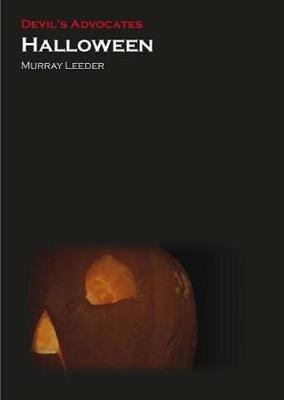Devil's Advocates
1 total work
The 1970s represented an unusually productive and innovative period for the horror film, and John Carpenter's Halloween (1978) is the film that capped that golden age - and some say ruined it, by ushering in the era of the slasher film. Considered a paradigm of low-budget ingenuity, its story of a seemingly unremarkable middle-American town becoming the site of violence on October 31 struck a chord within audiences. The film became a surprise hit that gave rise to a lucrative franchise, and it remains a perennial favourite. Much of its success stems from the simple but strong constructions of its three central characters: brainy, introverted teenager Laurie Strode, a late bloomer compared to her more outgoing friends, Dr. Loomis, the driven, obsessive psychiatrist, and Michael Myers, the inexplicable, ghostlike masked killer.
Film scholar Murray Leeder offers a bold and provocative study of Carpenter's film, which hopes to expose qualities that are sometime effaced by its sequels and remakes. It explores Halloween as an unexpected ghost film, and examines such subjects as its construction of the teenager, and the relationship of Halloween the film to Halloween the holiday, and Michael Myers's brand of "pure evil." It is a fascinating read for scholars and fans alike.
Film scholar Murray Leeder offers a bold and provocative study of Carpenter's film, which hopes to expose qualities that are sometime effaced by its sequels and remakes. It explores Halloween as an unexpected ghost film, and examines such subjects as its construction of the teenager, and the relationship of Halloween the film to Halloween the holiday, and Michael Myers's brand of "pure evil." It is a fascinating read for scholars and fans alike.
